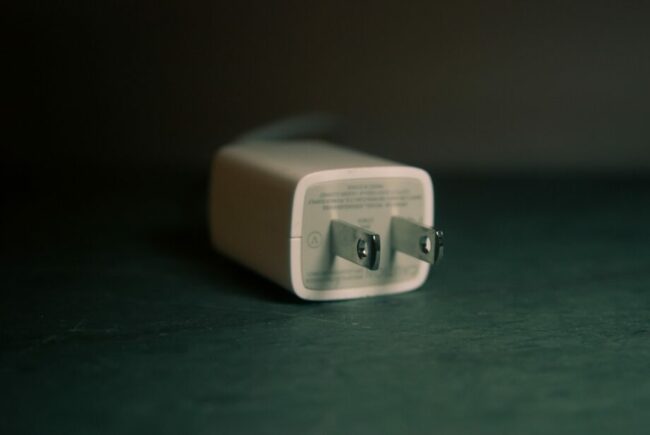When you unplug a device in your home, you may notice holes in the flat prongs of the plug, which are present in the vast majority of electrical plugs. The holes serve specific purposes, often overlooked but crucial to the functionality and safety of electrical systems. Understanding why these holes exist provides insight into the intricate design and thoughtful planning involved in electrical component manufacturing.
Secure Connection
One primary reason for the holes in the prongs of electrical plugs is to ensure a secure and stable connection when the plug is inserted into an outlet. Inside outlets, there are contact wipers equipped with small protrusions or “bumps.” These bumps fit perfectly into the holes in the plug’s prongs, establishing a snug connection. This tight fit not only prevents the plug from accidentally falling out but also promotes an enhanced connection between the contact wipers and the appliance or device connected to the plug. As a result, users can expect a reliable power supply with minimized risk of outages, contributing to the efficient operation of their devices.

Multipurpose Utility
The holes in plug prongs are versatile, serving multiple functions. Manufacturers often utilize these holes to attach tags with vital warning information about the electronic device, using a zip tie threaded through the prongs. Removing this zip tie is a tangible acknowledgment by the consumer that they have understood the provided guidelines and warnings. Furthermore, these holes can act as a deterrent to unauthorized use of the device. For instance, on construction sites, locks or zip ties can be threaded through the holes to prevent theft or unauthorized use of equipment, providing an additional layer of security. Lastly, during the manufacturing process, hooks often hold the prongs via these holes, facilitating the addition of insulation, coatings, or insertion of other components, aiding in efficient assembly line production.
Cost Efficiency
The presence of holes in the plug prongs also offers economic advantages for manufacturers. By creating these holes, manufacturers save on the raw material costs associated with metal use. Even though the amount of metal saved per plug might be small when considered over large production scales, the cumulative savings are substantial. This efficient use of materials allows manufacturers to potentially produce additional plugs without incurring extra costs for raw materials, ultimately contributing to economical and sustainable production practices.
FAQs
Can plugs without holes be used safely?
Yes, plugs without holes in the prongs are safe to use. Type A and B plugs often feature holes, but this is not a universal trait. Certain sockets incorporate spring-action blades designed to grip the plug pins’ sides, ensuring a stable connection even without holes.
What is a three-prong plug called?
A three-prong plug is known as a grounding receptacle. Unlike their two-prong counterparts, three-prong plugs are grounded, providing additional protection to the connected device in the event of a short circuit, enhancing the overall safety of the electrical system.
What is the designation for a two-prong plug?
Originally developed by Harvey Hubbell II and known as Nema 1-15, two-prong plugs are now referred to as Type-A plugs. These ungrounded plugs are prevalent in North and Central America.
How are the prongs on a two-prong plug identified?
Two-prong plugs use alternating current, so they do not have positive and negative prongs. Instead, one prong is ‘hot’, and the other is ‘neutral’. The larger prong connects to the neutral wire, while the smaller one is connected to the hot side of the circuit.
Why is one prong larger than the other on some plugs?
The differentiation in prong size ensures proper connection, with the smaller prong being hot and the larger being neutral. This design helps in correctly aligning the hot wire, crucial for devices like toasters that rely on ungrounded plugs.
What happens if the third prong breaks?
If the third prong, or any prong for that matter, breaks or loosens, the electrical device may not receive power efficiently. The broken prong disrupts the grounding mechanism, potentially leading to device malfunction or, in worse cases, electric shocks to users due to misdirected electric current.
Conclusion
Understanding the purpose of holes in electrical plug prongs allows users to appreciate the complexity and thoughtfulness embedded in the design of everyday objects. From ensuring secure connections to facilitating manufacturing processes and enhancing safety, these seemingly insignificant holes play a pivotal role in the effective and safe use of electronic devices. Armed with this knowledge, users can better comprehend and navigate the electrical landscapes of their homes and workplaces, fostering a safer and more informed use of technology.

Editorial Staff
Our writers, editors, content managers, and SEO specialist. We all take part in crafting amazing articles. We spend hours ensuring that each article is based on facts, researched, and thorough. You'll never want to click the back button to look for more answers other than here!
